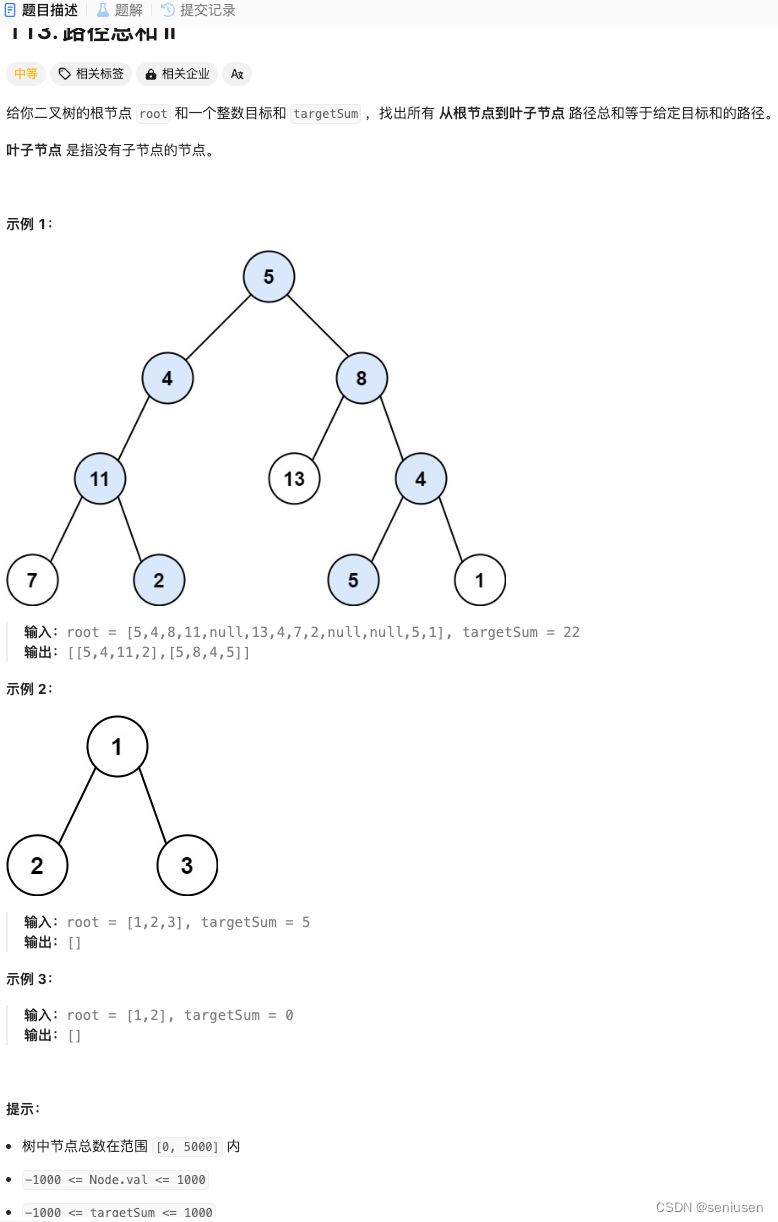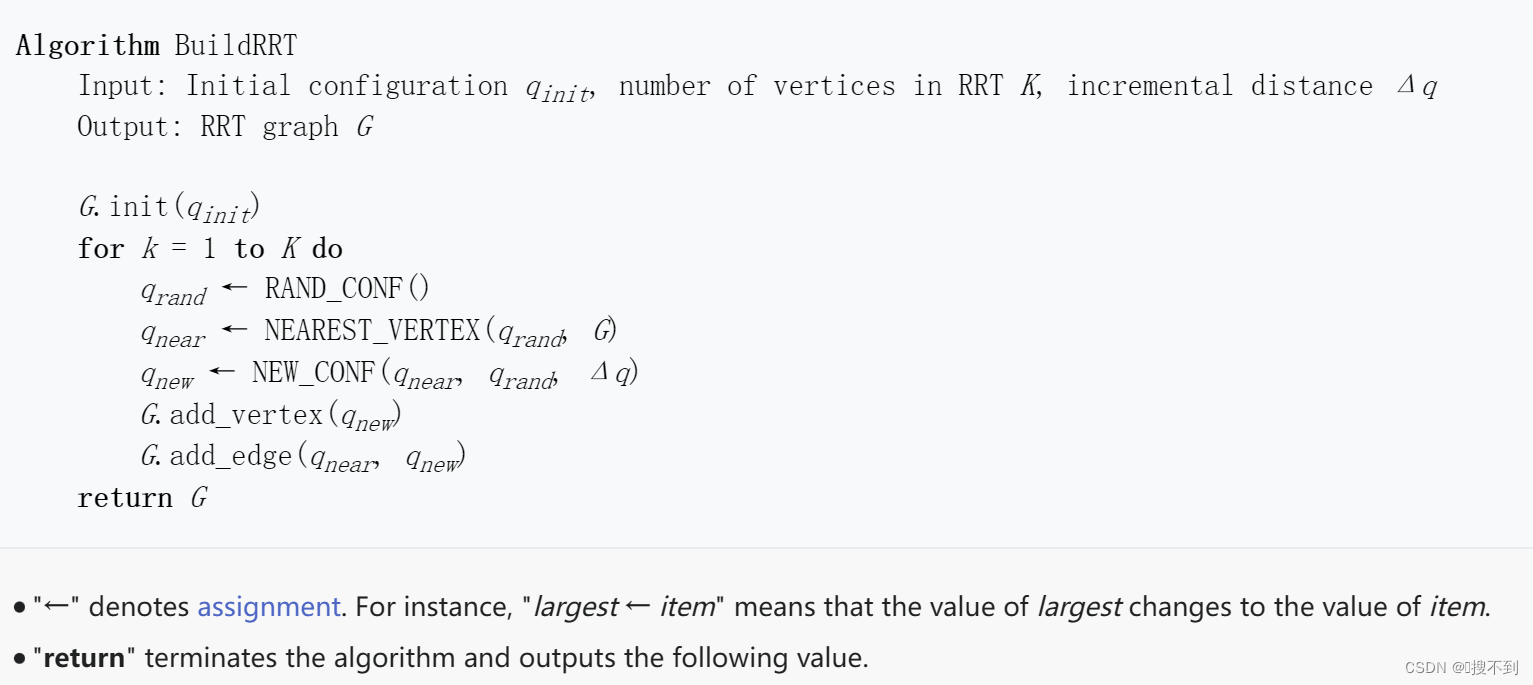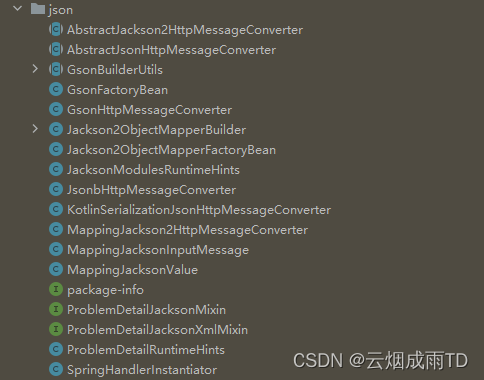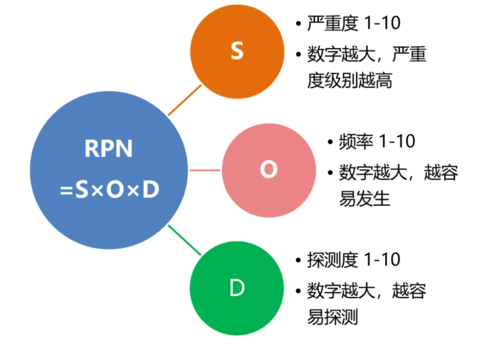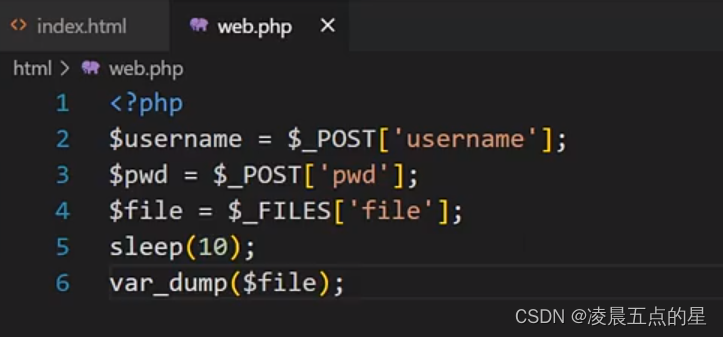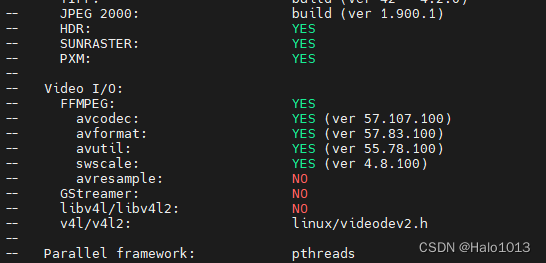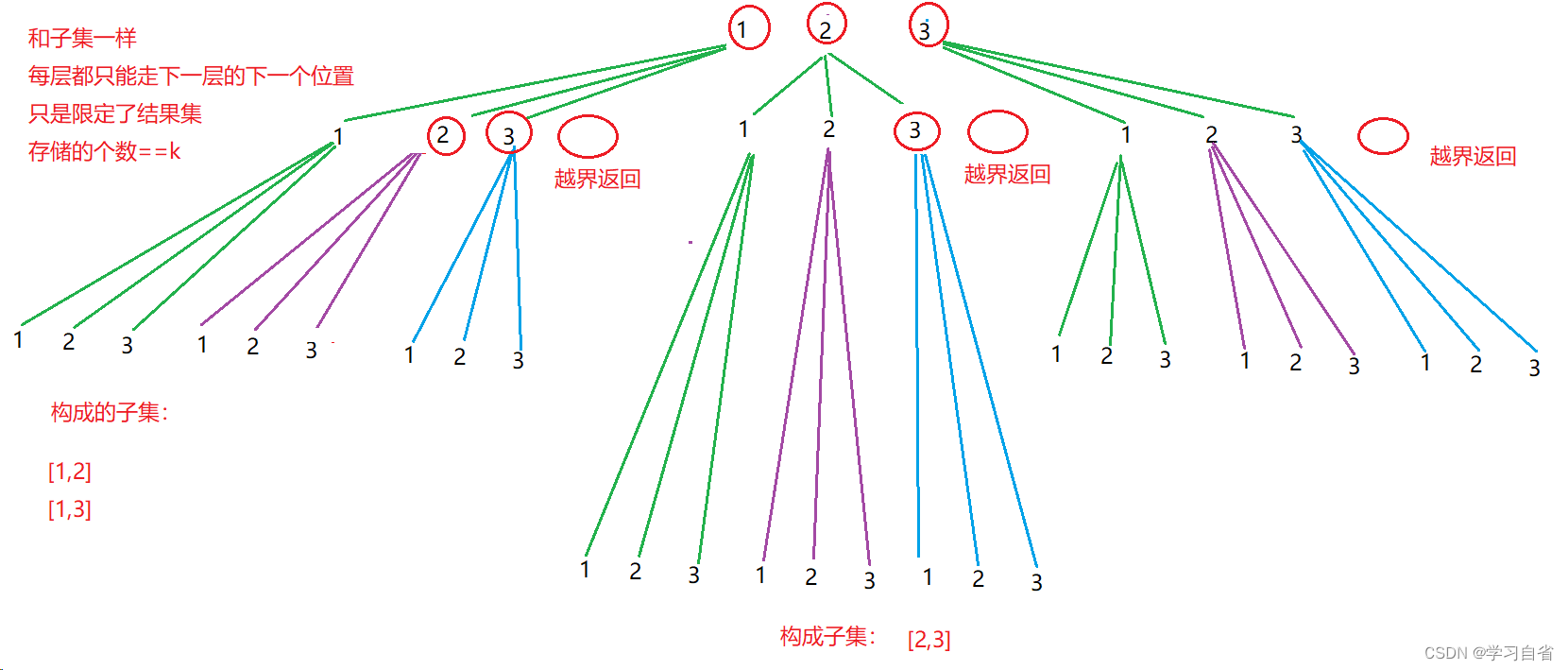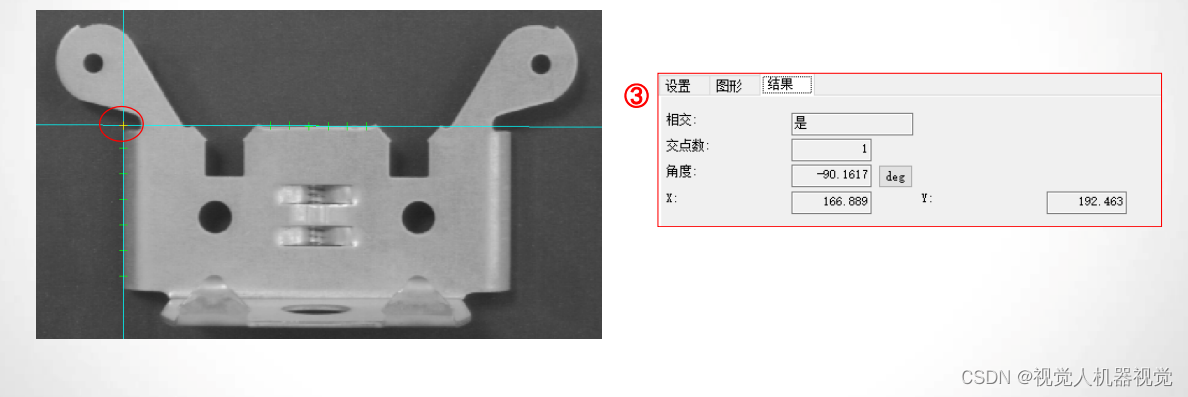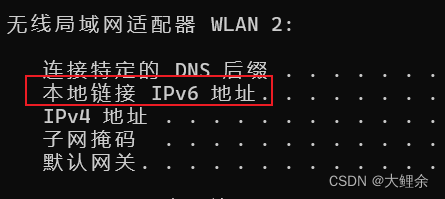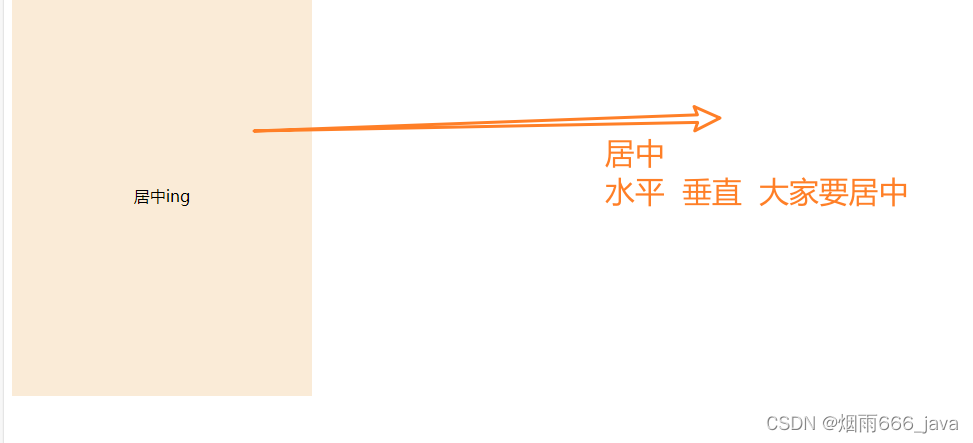标注数据集很贵
网络架构
1.一般神经网络分为两块,一是特征抽取原始像素变成容易线性分割的特征,二是线性分类器来做分类
微调
1.原数据集不能直接使用,因为标号发生改变,通过微调可以仍然对我数据集做特征提取
2.pre-train源数据集后,迁移模型中的架构,调整权重
3.是一个目标数据集上的正常训练任务,但使用更强的正则化(更小的学习率、更少的数据迭代)
4.源数据集远复杂于目标数据,通常微调效果更好
重用分类器权重
1.源数据集可能也有目标数据中的部分标号
2.可以使用预训练好的模型分类器中对应标号对应的向量来初始化
固定一些层
1.神经网络通常学习有层次的特征表达,低层次的特征更加通用,高层次的特征则和数据集相关
2.可以固定底部一些层的参数,不参与更新,更强的正则化
总结
1.微调通过使用在大数据上得到的预训练好的模型来初始化模型权重来提升精度
2.预训练模型质量很重要
3.微调通常速度更快、精度更高
代码实现——热狗识别
%matplotlib inline
import os
import torch
import torchvision
from torch import nn
from d2l import torch as d2l
获取数据集
解压下载热狗数据集,一共1400张热狗“正向”图片,其他尽可能多的其他食物“负向”图片,解压下载的数据集,我们获得了两个文件夹hotdog/train和hotdog/test。 这两个文件夹都有hotdog(有热狗)和not-hotdog(无热狗)两个子文件夹, 子文件夹内都包含相应类的图像。
d2l.DATA_HUB['hotdog'] = (d2l.DATA_URL + 'hotdog.zip',
'fba480ffa8aa7e0febbb511d181409f899b9baa5')
data_dir = d2l.download_extract('hotdog')
Downloading ../data/hotdog.zip from http://d2l-data.s3-accelerate.amazonaws.com/hotdog.zip...
读取训练集和测试集的图片
train_imgs = torchvision.datasets.ImageFolder(os.path.join(data_dir, 'train'))
test_imgs = torchvision.datasets.ImageFolder(os.path.join(data_dir, 'test'))
前8个正类、后8个负类,图片的大小和高宽比不同。
hotdogs = [train_imgs[i][0] for i in range(8)]
not_hotdogs = [train_imgs[-i - 1][0] for i in range(8)]
d2l.show_images(hotdogs + not_hotdogs, 2, 8, scale=1.4);

训练:从图像中裁切随机大小和随机长宽比的区域,然后将该区域缩放为224X224
输入图像。
测试:我们将图像的高度和宽度都缩放到256像素,然后裁剪中央224X224
区域作为输入。
此外,对于RGB(红、绿和蓝)颜色通道,我们分别标准化每个通道。 具体而言,该通道的每个值减去该通道的平均值,然后将结果除以该通道的标准差。
# 使用RGB通道的均值和标准差,以标准化每个通道
normalize = torchvision.transforms.Normalize(
[0.485, 0.456, 0.406], [0.229, 0.224, 0.225])
train_augs = torchvision.transforms.Compose([
torchvision.transforms.RandomResizedCrop(224),
torchvision.transforms.RandomHorizontalFlip(),
torchvision.transforms.ToTensor(),
normalize])
test_augs = torchvision.transforms.Compose([
torchvision.transforms.Resize([256, 256]),
torchvision.transforms.CenterCrop(224),
torchvision.transforms.ToTensor(),
normalize])
初始化模型
使用在ImageNet数据集上预训练的ResNet-18作为源模型。 在这里,我们指定pretrained=True以自动下载预训练的模型参数。 如果首次使用此模型,则需要连接互联网才能下载。
pretrained_net = torchvision.models.resnet18(pretrained=True)
/usr/local/lib/python3.10/dist-packages/torchvision/models/_utils.py:208: UserWarning: The parameter 'pretrained' is deprecated since 0.13 and may be removed in the future, please use 'weights' instead.
warnings.warn(
/usr/local/lib/python3.10/dist-packages/torchvision/models/_utils.py:223: UserWarning: Arguments other than a weight enum or `None` for 'weights' are deprecated since 0.13 and may be removed in the future. The current behavior is equivalent to passing `weights=ResNet18_Weights.IMAGENET1K_V1`. You can also use `weights=ResNet18_Weights.DEFAULT` to get the most up-to-date weights.
warnings.warn(msg)
Downloading: "https://download.pytorch.org/models/resnet18-f37072fd.pth" to /root/.cache/torch/hub/checkpoints/resnet18-f37072fd.pth
100%|██████████| 44.7M/44.7M [00:00<00:00, 111MB/s]
fc:预训练的源模型实例包含许多特征层和一个输出层fc。 此划分的主要目的是促进对除输出层以外所有层的模型参数进行微调。
# fc
pretrained_net.fc
Linear(in_features=512, out_features=1000, bias=True)
目标模型finetune_net中成员变量features的参数被初始化为源模型相应层的模型参数。 由于模型参数是在ImageNet数据集上预训练的,并且足够好,因此通常只需要较小的学习率即可微调这些参数。
成员变量output的参数是随机初始化的,通常需要更高的学习率才能从头开始训练。 假设Trainer实例中的学习率为n,我们将成员变量output中参数的学习率设置为10n。
finetune_net = torchvision.models.resnet18(pretrained=True)
finetune_net.fc = nn.Linear(finetune_net.fc.in_features, 2)
nn.init.xavier_uniform_(finetune_net.fc.weight);
训练模型微调
# 如果param_group=True,输出层中的模型参数将使用十倍的学习率
def train_fine_tuning(net, learning_rate, batch_size=128, num_epochs=5,
param_group=True):
train_iter = torch.utils.data.DataLoader(torchvision.datasets.ImageFolder(
os.path.join(data_dir, 'train'), transform=train_augs),
batch_size=batch_size, shuffle=True)
test_iter = torch.utils.data.DataLoader(torchvision.datasets.ImageFolder(
os.path.join(data_dir, 'test'), transform=test_augs),
batch_size=batch_size)
devices = d2l.try_all_gpus()
loss = nn.CrossEntropyLoss(reduction="none")
if param_group:
params_1x = [param for name, param in net.named_parameters()
if name not in ["fc.weight", "fc.bias"]]
trainer = torch.optim.SGD([{'params': params_1x},
{'params': net.fc.parameters(),
'lr': learning_rate * 10}],
lr=learning_rate, weight_decay=0.001)
else:
trainer = torch.optim.SGD(net.parameters(), lr=learning_rate,
weight_decay=0.001)
d2l.train_ch13(net, train_iter, test_iter, loss, trainer, num_epochs,
devices)
使用较小的学习率
train_fine_tuning(finetune_net, 5e-5)
loss 0.238, train acc 0.910, test acc 0.941
360.1 examples/sec on [device(type='cuda', index=0)]

为了比较,定义相同的模型,但需较大学习率
scratch_net = torchvision.models.resnet18()
scratch_net.fc = nn.Linear(scratch_net.fc.in_features, 2)
train_fine_tuning(scratch_net, 5e-4, param_group=False)
loss 0.403, train acc 0.821, test acc 0.791
366.6 examples/sec on [device(type='cuda', index=0)]


